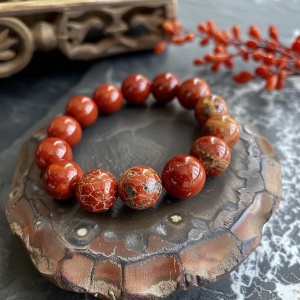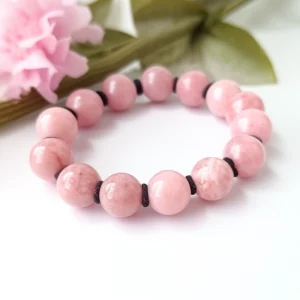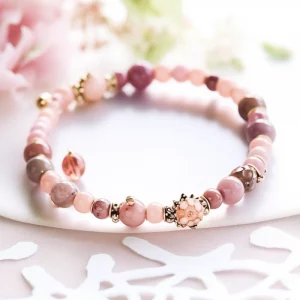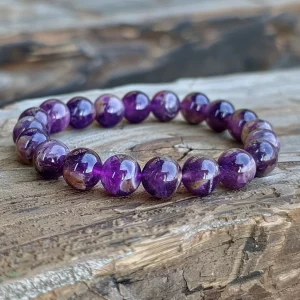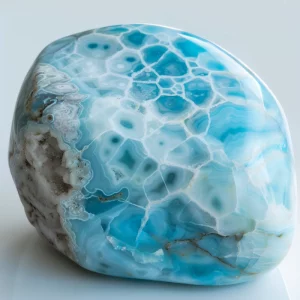When discussing the hardness of blue sandstone, it’s essential to recognize not only its geological composition but also its practical applications. Blue sandstone, known for its glittering appearance reminiscent of the starry night sky, has piqued the interest of many for its aesthetic as well as its functional properties.
The Composition and Hardness of Blue Sandstone
Blue sandstone is a man-made material, often used in jewelry and architectural applications. Its creation involves fusing sand particles with metallic inclusions that give it the characteristic sparkle. When assessing how hard blue sandstone is, we refer to the Mohs scale of mineral hardness.

How Hard is Blue Sandstone? A Comparative Analysis
To better understand the hardness of blue sandstone, let’s compare it to other materials:
- Quartz: 7 on the Mohs scale
- Blue Sandstone: Generally around 6-7 on the Mohs scale
- Marble: 3-4 on the Mohs scale
- Talc: 1 on the Mohs scale
Following this comparison, here’s a brief natural paragraph incorporating the keyword for context:
While blue sandstone may not be as hard as quartz, it still boasts considerable durability. Its position on the Mohs scale signifies a resistance to scratches and daily wear, making it a popular choice for jewelry pieces designed for regular use.
Applications of How Hard is Blue Sandstone in Various Industries
Blue sandstone’s beauty and durability make it suitable for various applications. Here are some industries that benefit from its hardness:
- Jewelry Making: Rings, bracelets, and necklaces.
- Home Decor: Countertops, tiles, and decorative pieces.
- Landscaping: Paving stones and garden ornaments.
After considering these applications, it’s clear that the hardness of blue sandstone contributes significantly to its versatility and desirability in different sectors.
FAQs Regarding How Hard is Blue Sandstone
- Can blue sandstone be easily scratched?
- Given its Mohs scale rating, blue sandstone is relatively scratch-resistant, though care should still be taken to maintain its surface.
- Is blue sandstone suitable for outdoor use?
- Yes, due to its hardness, blue sandstone is often used in outdoor landscaping and garden designs.
- How does the hardness of blue sandstone impact its value?
- The value of blue sandstone is partially derived from its durability, which ensures longevity and timeless appeal in its applications.
Conclusion
Blue sandstone’s captivating shimmer and commendable durability make it a sought-after material in various industries. Its hardness allows for a range of uses while ensuring that it can withstand the test of time.
